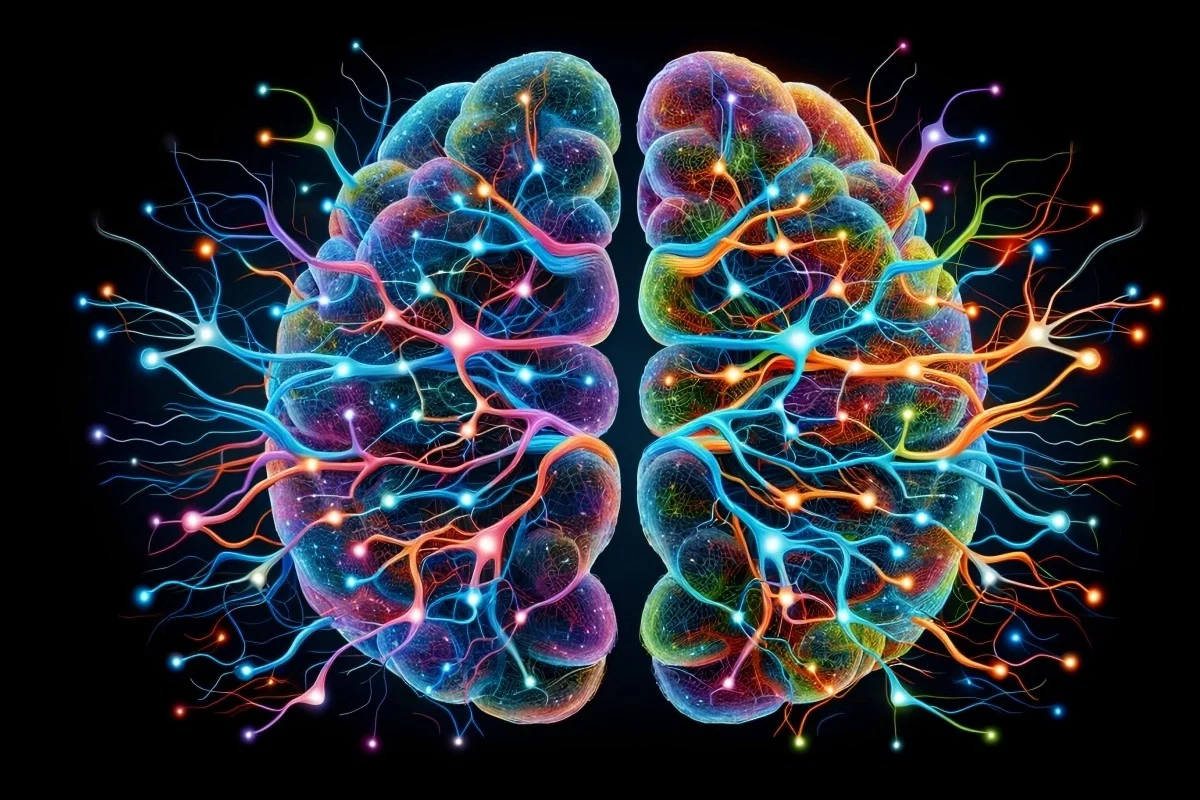How does the human brain work?
How does the human brain work? Chinese team’s ‘groundbreaking’ study offers clues
“If you wish to prosper, build roads first,” ran a popular slogan during China’s construction spree in the late 1980s.
The development of the human brain may follow a similar principle, new “groundbreaking” research by scientists in China suggests.
According to their findings, there are three hidden “information highways” in the human brain – and most brain structures can be built around them.
Their paper, published in The Journal of Neuroscience earlier this month, reveals how biology and connectivity intertwine to build the brain.
Led by Fan Lingzhong of the Chinese Academy of Sciences’ Brainnetome Centre, the research team analysed brain imaging data from 100 healthy adults to map structural connections across the cerebral cortex.
Using advanced diffusion-tracking technology, the team charted more than 30,000 neural pathways in each hemisphere, revealing patterns so consistent they resembled a biological road map.
By employing a machine-learning algorithm called diffusion embedding, the researchers distilled the brain’s connectivity into three dominant axes: the “dorsoventral way” spanning the brain’s crown to its base; the “rostrocaudal way” extending from front to back; and the “mediolateral way” – bridging the inner and outer regions of the second-largest organ in the human body.
Together, these axes accounted for 33 per cent of the variability in neural wiring, the researchers found.
The brain’s neural network consists of hundreds of billions of neurons and trillions of connections. As we think, learn, and process emotions, these neural networks operate silently throughout the entire brain.
These brain connections extend beyond merely relaying signals between regions; the interactions among cortical areas play a crucial role in generating behaviour and cognition. However, our understanding of the brain’s higher functions remains quite limited.
For instance, we still lack insight into how the various regions of the brain are interconnected. Are these connections formed spontaneously, or are they programmed? What gives rise to each brain region, and what specific functions do they serve?
The new study can help addresses these pressing questions, according to the researchers.
“The brain begins following a genetic ‘blueprint’ during embryonic development,” Fan, the corresponding author of the study, was quoted as saying by Chinese state news agency Xinhua.
The researchers found significant coincidence between the gene expression and brain’s mediolateral way.
This suggests that although the number of genes is limited compared to the brain’s neural connections, genes can influence the layout of complex connections through some simple rules, according to the study.
The study speculates that these rules are “gradient-driven” patterns in which genes guide the precise wiring of brain connections through spatial gradients.
The study delved deeper, comparing brain scans of twins from the Human Connectome Project – sponsored by the US National Institutes of Health. The goal of the project is to build a “network map” or “connectome” that will shed light on the anatomical and functional connectivity within a healthy human brain, as well as to produce a body of data that will facilitate research into brain disorders such as dyslexia, autism, Alzheimer’s disease and schizophrenia.
The results showed that identical twins exhibited remarkably similar neural highways, while fraternal twins displayed greater variation.
Three key developmental genes – FGF8, PAX6, and WNT3 – were found to exert a lasting influence, guiding brain region differentiation as early as in the embryonic stage and maintaining structural integrity into adulthood.
Peer reviewers hailed the work as “groundbreaking” – as it offered a unified framework to decode disorders like autism and schizophrenia, where neural communication breaks down.
We are thrilled to extend a warm welcome to the
China Scientist Awards!
Join us for the China Scientist Awards, a premier event in the realm of research. Whether you're joining virtually from anywhere in the world, this is your invitation to explore and innovate in the field of research. Become part of a global community of researchers, scientists, and professionals passionate about advancing research.
visit: chinascientist.net
Nomination Link: https://chinascientist.net/award-nomination/?ecategory=Awards&rcategory=Awardee
Registration Link:https://chinascientist.net/award-registration/
For inquiries, contact us at contact@chinascientist.net-------------------------------------Other website:
Nomination Link: https://chinascientist.net/award-nomination/?ecategory=Awards&rcategory=Awardee
Registration Link:https://chinascientist.net/award-registration/
For inquiries, contact us at contact@chinascientist.net




Comments
Post a Comment